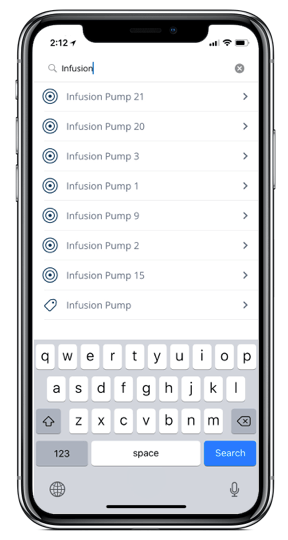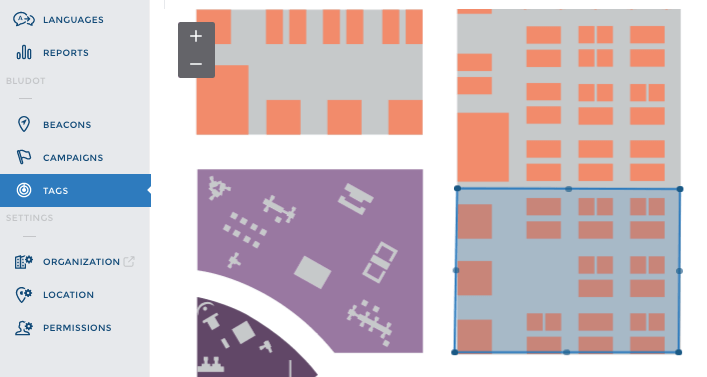I don't mean keeping up with the Joneses. I'm referring to using a periodic automatic replenishment (PAR) level management system to ensure an optimal number of assets are available in the right place at the right time. For hospitals, it means increased business efficiency, reduced patient wait times and improved patient experiences.
The key to maintaining PAR levels is an asset tracking solution that supports the concept of "zones." This allows a healthcare facility to set rules that, for example, notify the on-duty manager if less than two or more than five infusion pumps are clean and available on a particular floor of the facility at any time.
PAR starts with Asset Tracking
In the past, someone would maintain a written list of items, and periodically update it. Today, to make PAR management more effective, hospitals deploy an asset tracking solution. That includes asset tags (which come in various shapes and sizes) which are attached to each piece of medical equipment that is to be tracked.
Very often, the next step was to perform a number of site surveys and install a new network of "readers" that listen for the asset tags and report their location. While this solution works well, it is also very costly and time consuming to install. And, IT or a separate team has to maintain this dedicated and separate network infrastructure.

Fortunately, the latest family of Aruba Wi-Fi access points (APs) are "location ready" which means that they have built-in Bluetooth Low Energy (BLE) radios that support the tracking of BLE-based asset tags. Since the asset tracking network is built into the Aruba APs, there is no need for another network to setup and maintain. There are no additional wires to run or additional ports needed on a switch.
To further simplify things, the BLE-based Aruba Tags round out the hardware solution. They are about the size of a United States fifty cent piece and as thick as a two fifty cent pieces stacked on top of each other. Even with their small size, they have more than a three-year battery life thanks to the efficiency of BLE.
Once an Aruba Tag is attached, it can be given a specific name (like "Infusion Pump 9") and a category label such as "Infusion Pump". This enables direct searching for "Infusion Pump 9" when it is due for maintenance and allows it to be counted when setting up a PAR-level management solution for specific groups of infusion pumps. Now that we have the hardware taken care of, what about the software layer?
Create Zones to find High-Value Assets Faster
With the cloud-based Meridian asset tracking solution, administrators can define polygon shaped areas or "zones" on the map of the facility. Zones can be as large as the entire floor or as small as a room. The Meridian SDK supports function calls that are triggered whenever a defined type of asset enters or exit a predefined zone. Depending on the use case, the simple event of a certain asset entering or exiting a zone could be set to alert a staff member.
However, PAR-level management takes it one step further and only sends an alert when the number of assets in the zone falls outside a specific range. As I mentioned earlier, this could be when there are less than two or more than five infusion pumps available on the floor.
 Performing PAR-level management on infusion pumps is just one example, and it could apply to other types of medical equipment like portable ultrasound machines or syringe pumps. It also applies to assets like wheelchairs, which seem to disappear and then reappear in large groups. Patients appreciate having a wheelchair ready and close by when they need to be admitted or are ready to be discharged.
Performing PAR-level management on infusion pumps is just one example, and it could apply to other types of medical equipment like portable ultrasound machines or syringe pumps. It also applies to assets like wheelchairs, which seem to disappear and then reappear in large groups. Patients appreciate having a wheelchair ready and close by when they need to be admitted or are ready to be discharged.
A Broad Ecosystem
Aruba has partnered with a number of companies that have expertise implementing this type of system, including those needed to build staff-facing mobile apps. See the full list at: http://www.arubanetworks.com/partners/programs/engage/
To learn more about how to implement this type of solution in your facility, contact your location Aruba sales representative.




